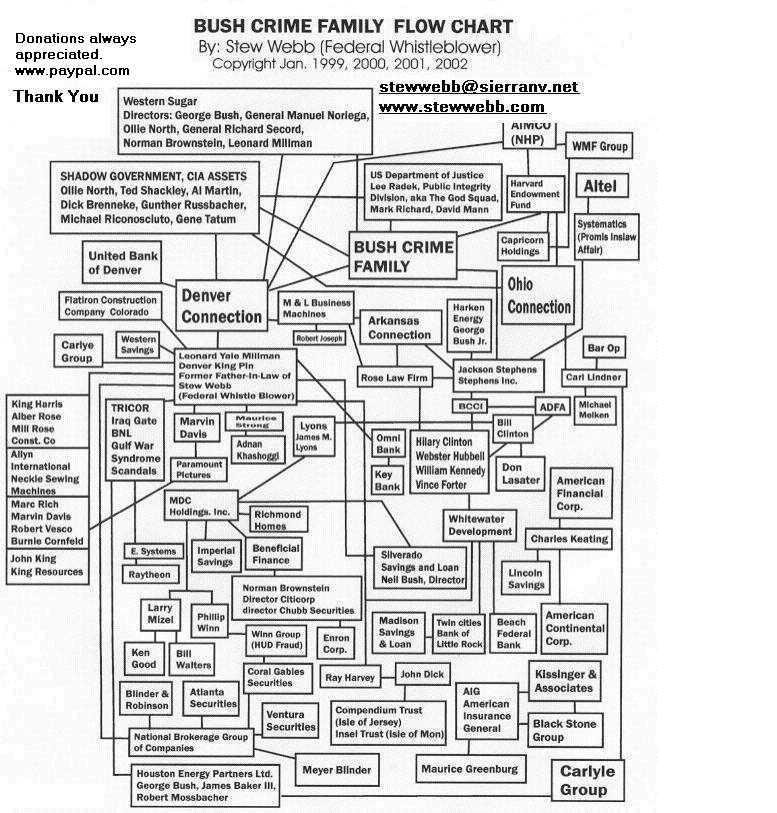25 Mysterious Fires at Food Processing Plants Across US
End-of-Days Food Shortage
As more food processing plants burn down, the prophecy of pre-Messianic food shortages looms more imminent. Though labeled a conspiracy theory, the facts remain undeniable; prices are rising as supply chain problems persist and food becomes dear.
BIDEN: PLANNING TO “DISSEMINATE FOOD SHORTAGES.”
The story comes in the wake of a presidential prediction that food shortages were about to become a reality due to the war in Ukraine. While addressing the subject, President Biden made a gaffe that made it seem that the food shortages were, in fact, planned.
“We had a long discussion in the G7 with the, with both the United States, which has a significant — the third-largest producer of wheat in the world — as well as Canada, which is also a major, major producer, and we both talked about how we could increase and disseminate more rapidly food, food shortages,” Biden said at NATO Headquarters in Brussels on March 24. The video has been removed by Facebook. The transcript of that address has also been altered slightly.
“With regard to food shortages, yes, we did talk about food shortages. And it’s going to be real,” Biden said at a press conference last week in Belgium after attending meetings of NATO and G7 leaders.
The president referred to 8% inflation as “the price of sanctions.”
“Both Russia and Ukraine have been the breadbasket of Europe in terms of wheat, for example, just to give one example,” Biden said.
WAVE OF FIRES
While Biden blamed Russia, fires cropped up all around the US in food production facilities. Despite Biden’s deflection, many of the fires occurred before the conflict in Ukraine:
- On Saturday evening, a fire broke out at Perdue Farms facility in the South Norfolk area of Chesapeake, North Carolina.
- Ten days ago, a small plane crashed within a mile of the runway of the Covington, Georgia Municipal Airport, hitting a General Mills food facility.
- On Sunday, it was being reported that “nearly a dozen wildfires” had just roared through key agricultural areas of Nebraska.
- In the middle of the night, on March 23, a fire broke out on the roof of the General Mills food processing plant in Cedar Rapids, Iowa
- On March 28, Maricopa Food Pantry, a local food bank in Arizona, lost 50,000 pounds worth of food in a fire that occurred “just 15 minutes after their food bank closed,” according to CBS affiliate Arizona’s Family.AZCentral cited CEO Jim Shoaf in stating that 15,000 pounds of meat and 40,000 pounds of canned goods and “other commodities” were lost in the blaze.
- On March 31, a structure fire significantly damaged a large portion of the Rio Fresh onion packing facility in San Juan, Texas. It was the largest fresh onion packing facility in the region.
- On April 12, a major fire broke out at New Hampshire’s East Conway Beef and Pork slaughterhouse.
- On April 13, the Taylor Farms California Foodservice production facility in Salinas, California, burned almost entirely to the ground. The facility employed nearly 1,000 people. An update on the company’s website described the Salinas facility as its primary production facility.
- On April 14, a small plane crashed into the Gem State food processing plant in Heyburn, Idaho. The website for the company describes itself as processing 18,000 acres worth of potatoes each year.
- On April 19, the headquarters of Azure Standard, the nation’s premier independent distributor of organic and healthy food, was destroyed by fire. The company released a statement that due to the destruction, the company “will experience out-of-stock status for Azure Market oils, honey, and vinegar – basically any Azure Market liquid product – as well as our carob products for the short term.” The destruction may also affect product supplies from their fruit packing facility.
- On March 24, 2022, a fire destroyed the Penobscot McCrum potato processing plant in Belfast, Maine.
- On March 16, 2022, according to KAIT, a fire caused extensive damage to a new production line dedicated to Hot Pockets at a Nestle plant in Jonesboro, Arkansas.
- On March 16, a major fire hit the 1.2 million-sq.-ft. Walmart fulfillment center, Plainfield, Indiana.
- On February 22, 2022, a propane boiler explosion caused a fire that destroyed the Shearer’s Foods potato chip plant in northeast Oregon.
- On February 3, 2022, according to NBC15 in Madison, WI., a fire destroyed part of the Wisconsin River Meats site in Mauston.
- On January 13, 2022, according to KALB, an explosion and fire damaged the Cargill-Nutrena plant in Lecompte, Louisiana.
- On January 6, 2022, a fire did extensive damage to a poultry processing plant in Hamilton, Ontario, according to CHCH-TV.
- On December 13, 2021, a fire broke out at a food processing plant in San Antonio, Texas. When firefighters arrived on the scene, they found a freezer on fire in the facility. $150,000 worth of food was destroyed in the fire.
- On November 29, 2021, a fire broke out at the Maid-Rite Steak Company meat processing plant in Scott Township, Lackawanna County, Pennsylvania. The cause of this fire has been ruled an accident.
- On September 12, 2021, a fire broke out at the JVS USA beef processing plant in Grand Island, Nebraska. According to Drovers, the nation’s oldest livestock publication, the fire was determined to be from a heater near the roof in the rendering area of the plant.
- On August 23, 2021, a fire broke out at Patak Meat Products in Cobb County, Georgia. In March of 2022, the company said on Facebook that it is still rebuilding.
- On July 31, 2021, according to WVTM, the NBC station in Birmingham, Alabama, a fire broke out at Tyson’s River Valley Ingredients rendering plant in Hanceville, Alabama.
- On July 25, 2021, a fire damaged a Kellogg’s plant in Memphis, Tennessee. According to fire officials, it was accidentally sparked when a malfunctioning conveyer belt sparked a blaze in a rice drying machine.
- On April 30, 2021, a fire broke out at the Smithfield Foods pork processing plant in Monmouth, Illinois.
- On January 11, 2021, a fire destroyed the Deli Star meat processing plant in Fayetteville, Illinois, according to Meat+Poultry.
Snopes “debunked” the claim by listing 26 such incidents and noting that none of the incidents were determined by authorities to have been caused by arson. Snopes claimed that “such fires are relatively commonplace” in a country with “36,000 food and beverage processing establishments in operation.”
At the same time, 27 million chickens and turkeys being raised commercially are being culled because of bird flu.
Last week, the FBI warned that ransomware attacks were targeting farmers. These attacks typically happen during the critical planting and harvest seasons, with attackers hoping to disrupt operations, cause financial loss and damage the food supply chain.
PROPHECY: FAMINE IN END-OF-DAYS
Global famine is described as a precursor to the Messianic era. The Talmud (Sanhedrin 97a) describes a precise schedule of increasing famine based on the seven-year Shemitta (Sabbatical) cycle that presages the Messiah. The Talmud cites the Prophet Amos’ prediction of bizarre rain:
I, therefore, withheld the rain from you Three months before harvesttime: I would make it rain on one town And not on another; One field would be rained upon While another on which it did not rain Would wither. Amos 4:7
It should be noted that the previous verse explicitly states that the end of days will see extreme famine as a means to urge people to repent before the Messiah:
I, on My part, have given you Cleanness of teeth in all your towns, And lack of food in all your settlements. Yet you did not turn back to Me —declares Hashem. Amos 4:6
The Talmud goes on to describe the following years in the Sabbatical cycle of famine:
During the second year of that period, arrows of famine will be shot, indicating that there will be famine only in certain places. There will be a great famine during the third year, and men, women, children, the pious, and men of action will die, and the Torah will be forgotten by those who study it. During the fourth year, there will be plenty but not great plenty. There will be a great plenty during the fifth year, and they will eat, drink, and rejoice, and the Torah will return to those who study it. During the sixth year, heavenly voices will be heard. During the Sabbatical Year, wars, e.g., the war of Gog and Magog, will be waged involving the Jewish people. During the year after the conclusion of the Sabbatical Year, the son of David will come.
This global food crisis was also predicted in a prophetic vision by Rabbi Schneur Zalman of Liadi, a renowned 18th-century Jewish scholar and leader known as the “Alter Rebbe.” While reading from the Torah scroll, the Alter Rebbe had a vision that the Messiah would come after the year 5775, six years ago. His vision was based on the Jewish tradition that the world was given a general amount of sustenance to last 4,000 years from creation. When that sustenance ended, the Messiah would come. According to the Hebrew calendar, it is taught in the Talmud, the book of Jewish oral law, that the Messiah can come anytime between the year 4000 and the year 6000. His vision came while reading the section of the Torah dealing with the half-shekel taken from every Jewish male each year. The half-shekels from the 600,000 Jews in the desert (Numbers 1:46) equaled one hundred talents of silver, with each talent composed of 3,000 full shekels of silver. But the Bible lists an additional 3,550 half-shekels (1,775 full shekels), from which Moses made the silver hooks at the top of the pillars used to set up the screen surrounding the Tabernacle in the desert. The Alter Rebbe explained that those 1,775 shekels of silver given to the tabernacle gave the world another 1,775 years of sustenance.
As pointed out by the scientific experts, this sustenance is quickly running out.












.jpg)

